Tag: intubation
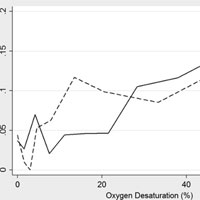
Hemodynamic Impact of Oxygen Desaturation During Tracheal Intubation Among Critically Ill Children With Cyanotic and Noncyanotic Heart Disease
Oxygen desaturation was more commonly observed during tracheal intubation in children with cyanotic versus noncyanotic heart disease. However, hemodynamic tracheal intubation associated event rates were similar. In both groups,... read more

Does Head of Bed Elevation During Intubation Improve Patient Oriented Outcomes?
To date the study that has shown the biggest benefit to HOB elevation is the 2016 study performed by Khandelwal and colleagues in a teaching hospital system in Seattle, WA. 528 patients managed by anesthesiologists... read more
Worse outcomes with video laryngoscopy in ICU
When used in intensive care units, video laryngoscopy did not improve the chances of successful intubation on the first try, compared with direct laryngoscopy, and was associated with a significantly higher risk of severe... read more

Emergency Department Hyperoxia Associated with Increased Mortality in Mechanically Ventilated Patients
Emergency Department exposure to hyperoxia is common and associated with increased mortality in mechanically ventilated patients achieving normoxia after admission. This suggests that hyperoxia in the immediate post-intubation... read more
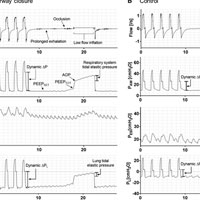
Airway Closure during Surgical Pneumoperitoneum in Obese Patients
In obese patients, complete airway closure is frequent during anesthesia and is worsened by Trendelenburg pneumoperitoneum, which increases airway opening pressure and alveolar pressure: besides preventing alveolar derecruitment,... read more
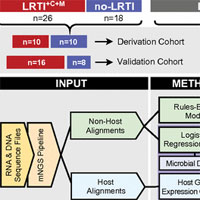
Integrating host response and unbiased microbe detection for lower respiratory tract infection diagnosis in critically ill adults
Lower respiratory tract infections (LRTIs) are the leading cause of infectious disease-related deaths worldwide yet remain challenging to diagnose because of limitations in existing microbiologic tests. In critically ill... read more
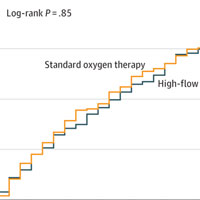
Effect of High-Flow Nasal Oxygen vs Standard Oxygen on 28-Day Mortality in Immunocompromised Patients With ARF
Among critically ill immunocompromised patients with acute respiratory failure (ARF), high-flow oxygen therapy did not significantly decrease day-28 mortality compared with standard oxygen therapy. Of 778 randomized patients... read more

Alternatives to Rapid Sequence Intubation: Contemporary Airway Management with Ketamine
Endotracheal intubation (ETI) is a high-risk procedure commonly performed in emergency medicine, critical care, and the prehospital setting. Traditional rapid sequence intubation (RSI), the simultaneous administration of... read more
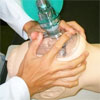
Noninvasive ventilation for avoidance of reintubation in patients with various cough strength
The aim of this study was to assess whether prophylactic noninvasive ventilation (NIV) would benefit patients with various cough strengths.... read more
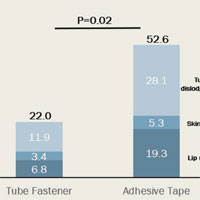
The Effect of Adhesive Tape vs. Endotracheal Tube Fastener in Critically Ill Adults
The optimal securement method of endotracheal tubes is unknown but should prevent dislodgement while minimizing complications. The use of an endotracheal tube fastener might reduce complications among critically ill adults... read more

PERFECT Protocol: Volume-based Feeding in Ventilated Adults
Underfeeding in critical illness is common and associated with poor outcomes. Researchers in the UK designed a before-and-after study to evaluate the safety, efficacy and clinical outcomes associated with volume-based feeding... read more
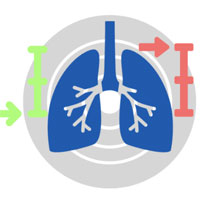
Tidal Volume Strategies for those without ARDS
This paper justifies utilizing a higher tidal volume strategy for our patients without primary ARDS/pulmonary disease. This can be very useful. Patient comfort and patient-ventilator synchrony are extremely important. This... read more
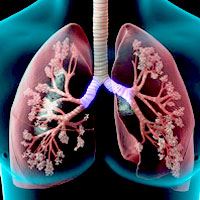
Diagnosis and Management of Acute Exacerbations of COPD – Pharmacology CME
As more and more patients present to the ED with symptoms that suggest an acute exacerbation of Chronic Obstructive Pulmonary Disease (COPD) –worsening dyspnea, cough and sputum production – emergency clinicians can... read more
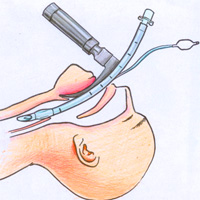
Tracheal Intubation Practice and Safety Across International PICUs
There were both similarities and differences in tracheal intubation practice and outcomes across international PICUs. Fewer adverse tracheal intubation–associated events were reported from International versus North American... read more








